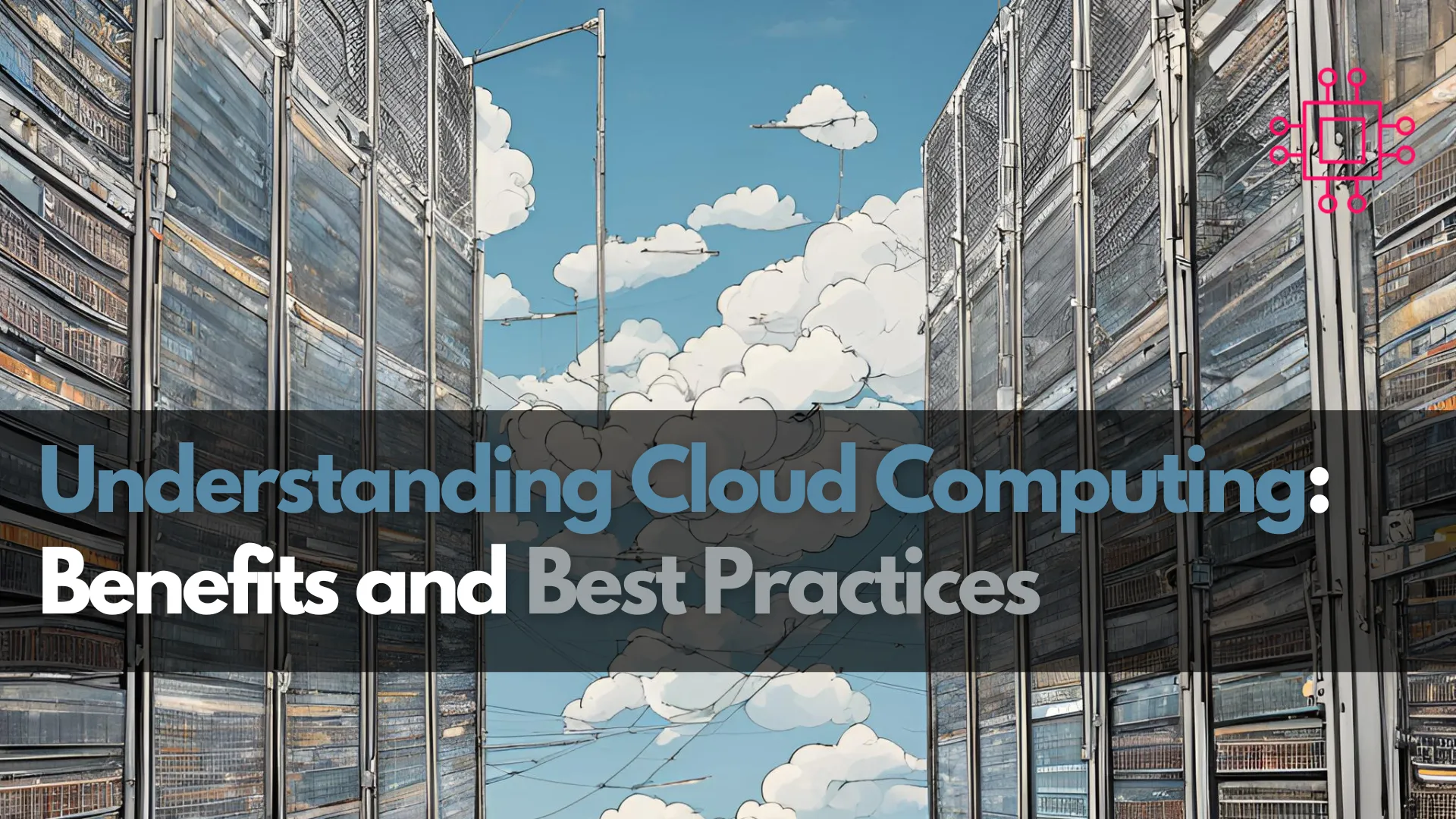
Discover how Linux in Cloud Computing and DevOps is revolutionizing the way businesses manage their IT infrastructure, offering unparalleled scalability, customization, and security. Table of

Discover the benefits of cloud computing and learn best practices for successful implementation. Optimize costs, ensure security, and enhance scalability for your business.
In today’s digital age, cloud computing has become a cornerstone of modern business operations. This technology allows organizations to leverage powerful computing resources over the internet, enabling enhanced flexibility, scalability, and efficiency. In this blog post, we will explore the myriad benefits of cloud computing and share best practices for its successful implementation.
Cloud computing refers to the delivery of computing services—including servers, storage, databases, networking, software, analytics, and intelligence—over the internet (the cloud). This model offers faster innovation, flexible resources, and economies of scale. Companies typically pay only for the cloud services they use, helping to lower operating costs, run infrastructure more efficiently, and scale as their business needs change.
1. Cost EfficiencyOne of the primary advantages of cloud computing is cost efficiency. Traditional on-premises computing requires significant capital investment in hardware and software, as well as ongoing maintenance costs. In contrast, cloud computing eliminates the need for large upfront expenses and offers a pay-as-you-go model. |
2. ScalabilityCloud computing provides unparalleled scalability. Businesses can easily scale their resources up or down based on demand. For instance, during peak times, companies can increase their computing power to handle the load and scale back down during off-peak periods. This flexibility ensures optimal performance without over-provisioning resources. |
3. Accessibility and CollaborationWith cloud computing, employees can access applications and data from anywhere in the world, as long as they have an internet connection. This accessibility enhances collaboration, allowing teams to work together in real-time, regardless of their physical location. |
4. Disaster RecoveryCloud computing offers robust disaster recovery solutions. Traditional disaster recovery can be expensive and complex. However, cloud-based services provide more cost-effective and efficient recovery options, ensuring business continuity in the event of a disaster. |
5. SecurityCloud providers invest heavily in security measures to protect their customers’ data. These measures often include encryption, identity management, and regular security audits. By leveraging the cloud, businesses can benefit from advanced security technologies that might be too costly to implement in-house. |

Photo by admingeek from Infotechys
1. Assess Your NeedsBefore migrating to the cloud, it is crucial to assess your organization’s needs. Determine which applications and data are best suited for the cloud and evaluate the potential cost savings and performance improvements. |
2. Choose the Right Cloud Service ModelThere are three primary cloud service models: Infrastructure as a Service (IaaS), Platform as a Service (PaaS), and Software as a Service (SaaS).
|
3. Ensure Data SecurityWhen using cloud services, data security should be a top priority. Implement robust security practices, such as encryption, access controls, and regular security audits. Work closely with your cloud provider to understand their security measures and ensure they align with your organization’s standards. |
4. Optimize CostsMonitor your cloud usage and optimize costs by eliminating unnecessary resources. Use cost management tools provided by cloud vendors to gain insights into your spending and identify areas for cost reduction. |
5. Plan for Disaster RecoveryDevelop a comprehensive disaster recovery plan that includes cloud-based solutions. Ensure that critical applications and data are backed up and can be quickly restored in the event of a disaster. Regularly test your disaster recovery plan to identify and address any potential issues. |
6. Foster a Cloud-First CulturePromote a cloud-first culture within your organization. Encourage teams to leverage cloud technologies and provide training to help employees understand the benefits and best practices of cloud computing. |
7. Continuous Monitoring and ImprovementRegularly monitor your cloud environment to ensure optimal performance and security. Use monitoring tools to track resource usage, performance metrics, and security incidents. Continuously improve your cloud strategy based on these insights. |
Let’s consider a medium-sized e-commerce business (for example) that experiences fluctuating traffic. During holiday seasons, the traffic spikes, requiring additional computing resources to handle the load. Instead of investing in additional hardware that will remain underutilized for most of the year, the business can use cloud services to scale up resources during peak times and scale down during off-peak periods. This approach significantly reduces costs while ensuring a seamless user experience. |
| Expense Type | On-Premises Solution | Cloud Solution |
|---|---|---|
| Hardware | High (Initial & Maintenance) | Low (Pay-as-you-go) |
| Software | High (Licensing Fees) | Low (Subscription) |
| Maintenance | High | Low |
| Scalability | Limited | High (Flexible) |
| Disaster Recovery | Expensive & Complex | Cost-effective & Efficient |
Cloud computing offers numerous benefits, including cost efficiency, scalability, accessibility, disaster recovery, and security. By following best practices such as assessing your needs, choosing the right service model, ensuring data security, optimizing costs, planning for disaster recovery, fostering a cloud-first culture, and continuously monitoring and improving, your organization can fully leverage the power of the cloud.
Did you find this article useful? Your feedback is invaluable to us! Please feel free to share your thoughts in the comments section below.
Related Posts

Discover how Linux in Cloud Computing and DevOps is revolutionizing the way businesses manage their IT infrastructure, offering unparalleled scalability, customization, and security. Table of

Discover the latest game-changing advancements in the world of Linux with our highly anticipated Top 10 Linux trends of the year! Table of Contents Introduction

We’ll examine how DevOps is reducing time-to-market, while transforming software development, fostering collaboration, and enhancing efficiency. Table of Contents Introduction DevOps has become a buzzword
